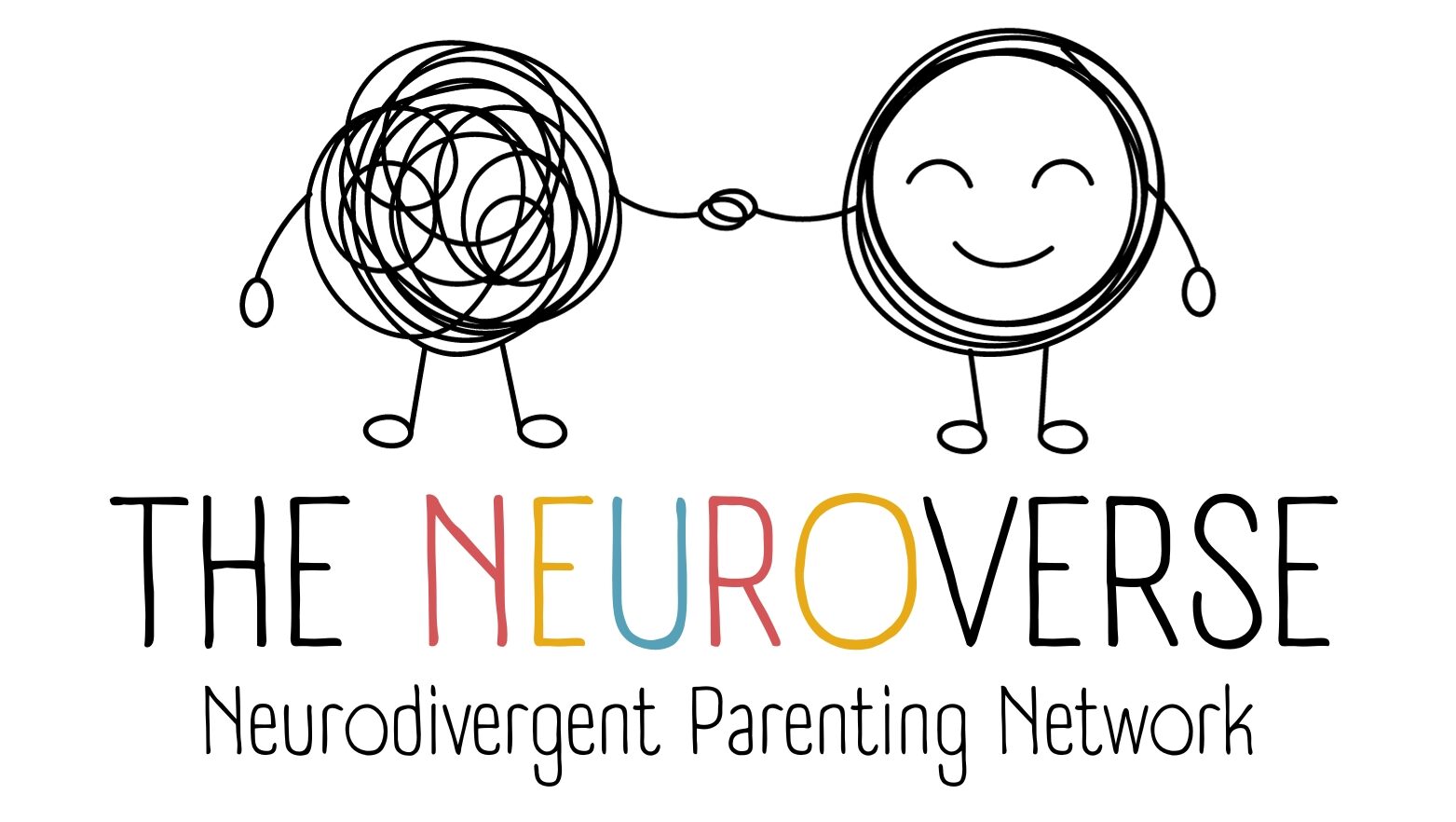The Five Love Languages and Neurodivergent Children

Understanding Your Neurodivergent Child’s Love Language: A Guide to Connection and Cooperation
Every child, regardless of neurotype, thrives when they feel loved and valued, however, the way they perceive and receive love may differ. Dr. Gary Chapman’s concept of the Five Love Languages provides a valuable framework to help parents nurture their child’s emotional well-being and strengthen the parent-child bond.
For neurodivergent children, such as those with autism, ADHD, or sensory sensitivities, understanding their preferred love language can not only improve emotional connection but also increase cooperation, reduce stress, and support positive behaviours. This article explores how to identify and use your child’s love language in a way that respects their unique needs and preferences.
The Five Love Languages and Neurodivergent Children
Dr. Gary Chapman outlines five love languages that describe the ways people feel most loved and connected:
Words of Affirmation – Feeling loved through kind words, encouragement, and praise.
Acts of Service – Feeling loved when others help, support, or do something thoughtful.
Receiving Gifts – Feeling loved through meaningful items or surprises.
Quality Time – Feeling loved when spending focused, uninterrupted time together.
Physical Touch – Feeling loved through hugs, cuddles, and physical closeness.
While these love languages apply to all children, neurodivergent children may experience or express them differently based on their sensory preferences, communication styles, and individual needs.
How to Identify Your Neurodivergent Child’s Love Language
Neurodivergent children may struggle to express what makes them feel most loved, so observation and experimentation are key. Here are some ways to determine your child’s primary love language:
1. Observe Their Behaviour
Does your child light up when you praise them? They may value Words of Affirmation.
Do they frequently bring you small gifts or treasures? They might express love through Receiving Gifts.
Do they seek out physical contact or get comfort from hugs? Physical Touch could be important.
Do they ask for your help with tasks they could do independently? This might indicate Acts of Service.
Do they frequently ask you to play, read, or spend time with them? They may crave Quality Time.
2. Notice What They Ask For
A child who seeks reassurance through words may value Words of Affirmation.
If they request your help with small tasks, they may feel loved through Acts of Service.
If they ask for snuggles or back rubs, Physical Touch may be their preference.
A child who loves getting little surprises may favour Receiving Gifts.
If they often ask for one-on-one time, their love language may be Quality Time.
3. Experiment with Different Expressions of Love
Try expressing love in each of the five ways and see which one resonates most. For example:
Give extra verbal praise for a week. Does your child respond positively?
Spend dedicated playtime with them. Do they seem happier and more regulated?
Offer a small token gift. Does it make them feel deeply appreciated?
Give physical reassurance (hugs, high-fives, squeezes). Does it comfort them?
Do small, helpful acts for them. Does their mood and cooperation improve?
Using Love Languages to Encourage Cooperation & Well-Being
Once you identify your child’s love language, you can use it to strengthen your connection and encourage positive behaviours in daily life.
1. Words of Affirmation – Encouraging Through Encouragement
For a child who thrives on verbal reassurance, use positive reinforcement to:
- Offer specific praise: “I love how focused you were on your puzzle!”
- Use encouraging phrases: “I’m proud of you for trying something new.”
- Leave written notes in their lunchbox or room.
For neurodivergent children: Some may struggle with direct praise due to perfectionism or rejection sensitivity (common in ADHD). Try using neutral phrasing like, “You worked hard on that,” rather than “You’re the best at this.”
2. Acts of Service – Showing Love Through Help
Some children feel loved when others help them with tasks. Use this to:
- Offer gentle assistance when they feel overwhelmed.
- Create predictable routines that show care (e.g., setting out clothes, preparing a favourite snack).
- Help with executive function struggles, such as organizing their school bag or workspace.
For neurodivergent children: Be mindful of autonomy—offer assistance, not control. Let them know you’re helping because you care, not because you don’t think they can do it.
3. Receiving Gifts – Meaningful Tokens of Affection
If your child lights up when receiving small gifts, use this love language to:
- Offer small sensory-friendly rewards (e.g., a special sticker, a smooth rock, a favourite snack).
- Give visual tokens of love, such as a friendship bracelet or comfort object.
- Use a reward chart with small prizes to motivate positive behaviours.
For neurodivergent children: Some may have intense interests—small, related gifts (e.g., a book on their favourite topic) can be a meaningful way to connect.
4. Quality Time – Connection Through Attention
For children who crave one-on-one time, this love language can:
- Reduce meltdowns by providing predictable, dedicated attention.
- Strengthen bonds through structured play or shared activities.
- Help transitions feel smoother by spending time together before changes (e.g., sitting with them before starting homework).
For neurodivergent children: Consider low-demand time (e.g., parallel play, quiet time together) if they struggle with direct social interaction.
5. Physical Touch – Comfort & Connection
For children who feel loved through physical affection, try:
- Hugs, high-fives, gentle squeezes, or back rubs.
- Providing sensory-friendly touch, such as weighted blankets or deep-pressure squeezes.
- Holding hands during transitions to help them feel grounded and safe.
For neurodivergent children: Some may struggle with touch due to sensory sensitivities. Instead of hugs, try fist bumps, firm hand squeezes, or even a weighted toy as an alternative way to provide comfort.
Final Thoughts: Love Languages as a Parenting Tool
Understanding your neurodivergent child’s primary love language can:
- Build trust and emotional security
- Encourage cooperation and reduce frustration
- Help with emotional regulation and self-esteem
Every child is unique, and love languages aren’t a one-size-fits-all. The key is to observe, adapt, and connect in a way that makes them feel truly seen and valued. By meeting them where they are and speaking their love language, you can strengthen your bond and create a more harmonious family environment.
Which love language does your child connect with the most? Start observing today and see how small adjustments can lead to big improvements in connection, cooperation, and joy.
References:
Chapman, G. D. (1992). The five love languages: How to express heartfelt commitment to your mate. Northfield Publishing.
Myth. (2022, January 22). The five neurodivergent love locutions. Stimpunks Foundation. Retrieved from https://stimpunks.org/2022/01/22/the-five-neurodivergent-love-languages-2/
Verywell Mind. (2023, July 15). What are the 5 neurodivergent love languages? Retrieved from https://www.verywellmind.com/the-5-neurodivergent-love-languages-8682618
Parents. (2024, October 10). Here are your child’s five love languages. Retrieved from https://www.parents.com/5-love-languages-of-children-8729048



Leave a Reply